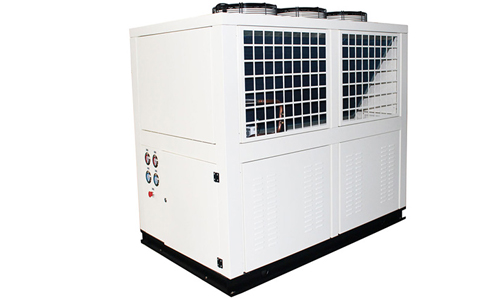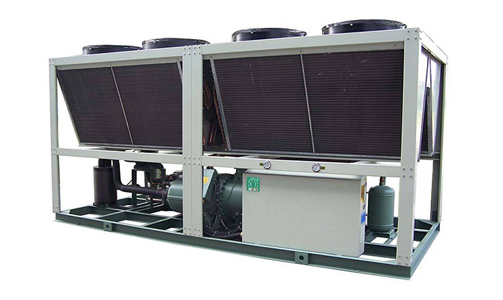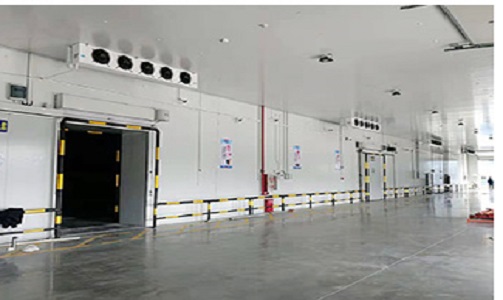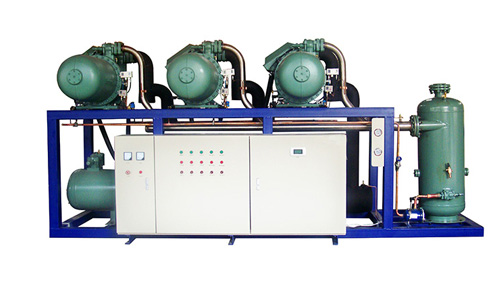Heat is a common by-product of today's manufacturing machines, which include the advanced automation technology required for high speed operation and high precision. Components such as spindle motors, variable frequency drives, lasers and X-ray sources all require cooling to operate properly and reliably - often in very harsh manufacturing environments.
As manufacturing space is at a premium and machine packages become smaller and smaller, liquid cooling has become the most efficient and cost-effective way to remove process heat. Particularly suited to hot, dirty environments, liquid cooling provides a way to remove heat from the machine without contributing additional heat back into the environment.
A quick guide to choosing the right chiller.
As every industrial environment is different, Brannenberg has designed a 6 step guide to help you choose the right chiller for your application.

Box Type Air-cooled Chiller
Step 1: Determine the thermal load.
It is important to determine the thermal load of your application to ensure that the chosen chiller is large enough for the intended application.
There are several ways to determine the heat load (in kW), but understanding the process is essential to calculating an accurate heat load.
Step 2: Determine the coolant type, temperature and flow rate.
When the heat load is known, the next step is to determine the coolant, its target temperature and the flow rate that the cooler must provide for the process. This depends on the method by which heat is transferred from the process to the coolant and the type of coolant used. Water, for example, has different characteristics to oil.
Step 3: Determine the installation environment.
In what environment is the chiller to be installed? For example, indoor applications may encounter hot and dirty environments, while outdoor installations may encounter cold and hot environments. This can affect the size of the chiller and require accessories such as air filters, oil tank heaters etc.

Air-cooled Screw Chiller
Step 4: Use chiller performance curves.
Now using the available chiller performance curves, select a chiller model that meets or exceeds the required capacity based on the chilled water supply temperature and the maximum expected ambient air temperature. Application safety margins in relation to available frame sizes should be considered to maximise the value of chiller selection. Find all Brannenberg chiller performance curves on the relevant product pages.
Step 5: Check the pump performance curve.
Ask us for the pump performance curve and check it to ensure that the pump can deliver sufficient pressure for the application at the design flow rate. Some liquid cooling systems have smaller coolant flow paths or longer distances, so pressure losses may be higher than average.
Step 6: Final selection.
Finally, consider the remaining application requirements such as power characteristics, control options, footprint, list of mechanisms, colours, etc. that have been met by the selected standard Brannenberg chiller. Choosing a standard chiller will give you greater reliability, easier access to universal spare parts service and global support.
With our many available equipment options we can easily customise our standard chillers to meet specific application requirements. Contact us for more information!








